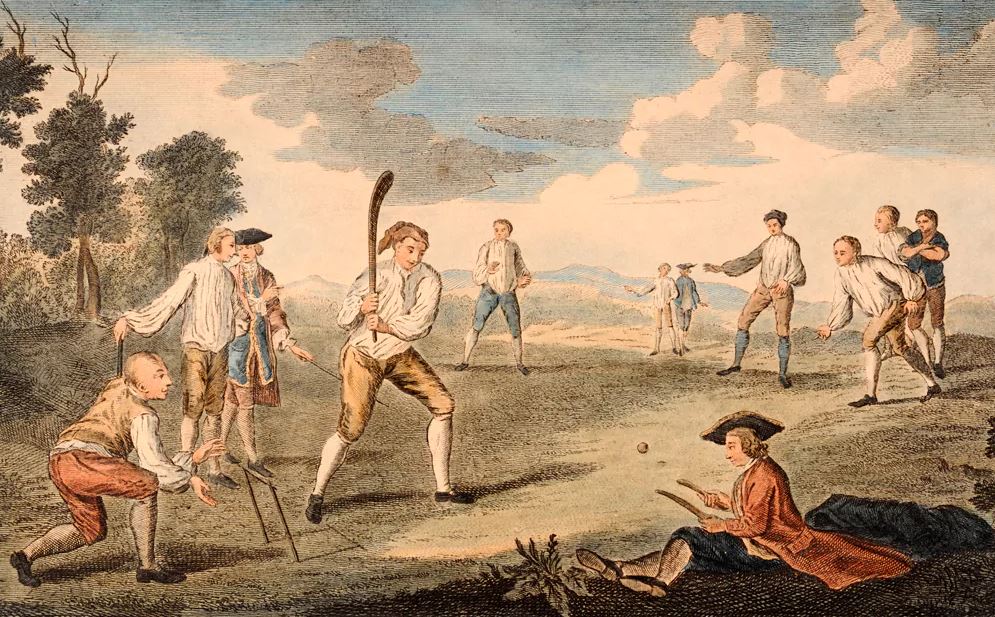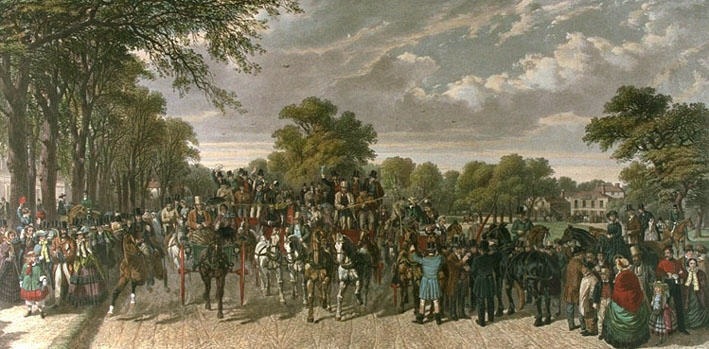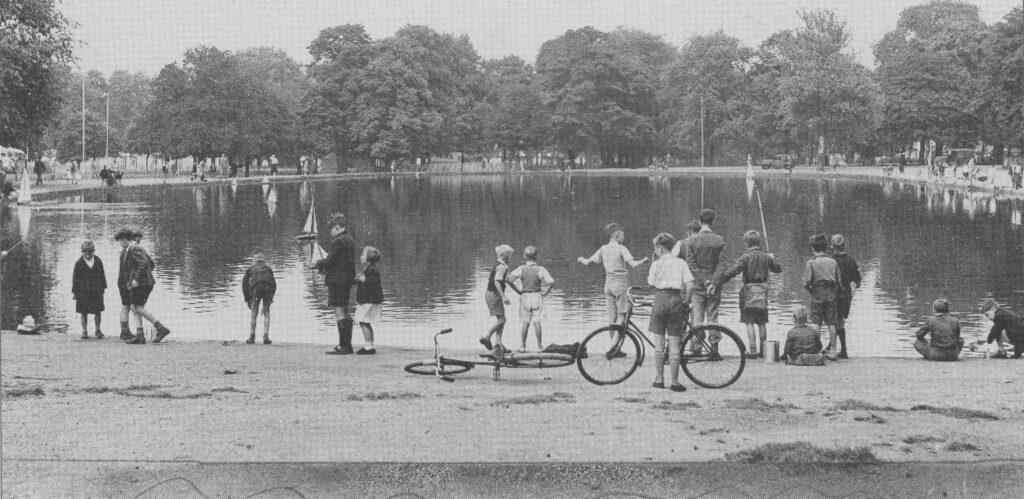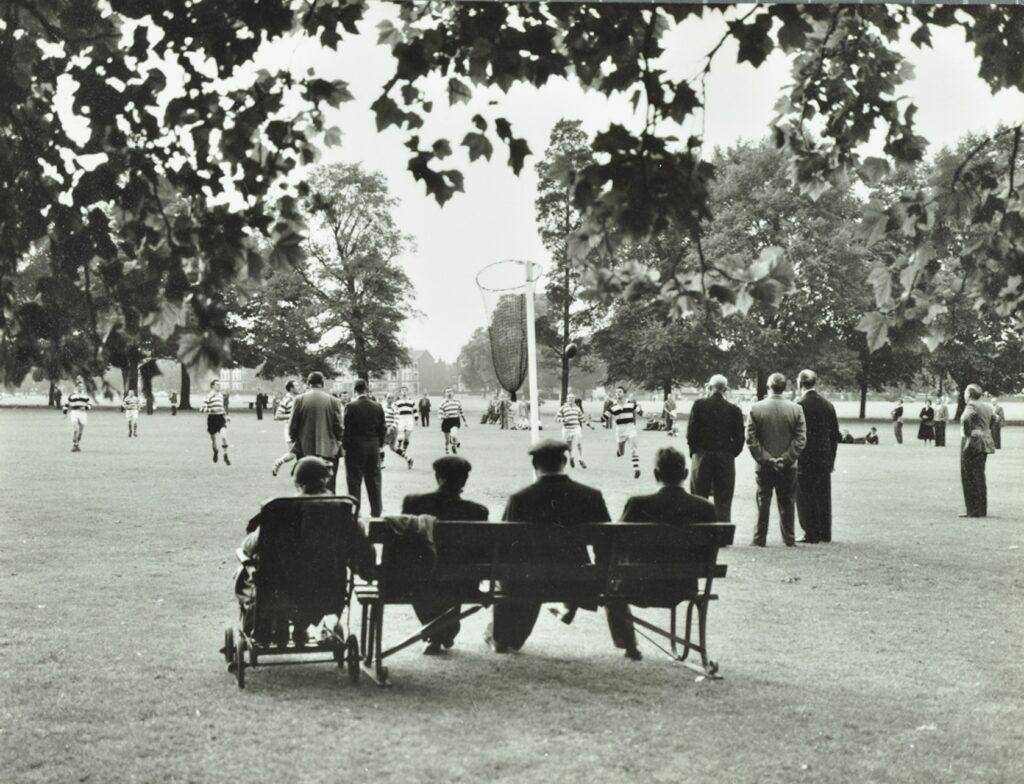2 years ago
Read on to learn all about how it was once split in half, how Captain Cook’s memorial tree was destroyed & much more…

It’s hard to imagine that there was any other life before the Common as we know it now. But pre its dog-walking, Sunday-jogger, kiddies-football-match hosting days, our favourite patch of grass had a very tumultuous life.
Despite its bourgeois reputation now, the Common used to be a rough area. In the 17th Century it was known as a hotspot for crime, with active robbing circles exploiting some of the larger homes that began to spring up around its border at that time. It was also described by famed topographer Daniel Lysons as, basically, a big bog. The ground was often churned up, not only by the racing horses and the games of cricket, but also to extract the gravel underneath to build London’s roads. Many of the ponds we still have on the Common are a result of those gravel pits.
Part of the reason for the disrepair of the Common was because of the turf wars going on between ownership of the space. Many home owners tried to creep onto the Common by building extensions and were constantly being pushed back by authorities. Battersea and Clapham parishioners were also up in arms over who owned what; in 1716 this came to a head when, after a disagreement over grazing rights, Battersea parishioners dug a boundary ditch that split the Common in two. Clapham parishioners took no time in refilling the ditch.

In 1760 the Common started a new chapter when Christopher Baldwin, a wealthy local resident, took matters into his own hands and began work to improve it. A wide variety of trees were planted and the land was levelled. Some of those trees were even planted by the son of Captain Cooks, James, though sadly the one named after his explorer father was destroyed when it was struck by lightning in the early 1900s.
Holy Trinity (the church… not the Michelin starred restaurant) arrived in 1776, and became a site of great importance as ‘the Church of the Clapham Sect’ which, led by William Wilberforce, abolished the transatlantic slave trade in 1807. At this point, the Common was an important resource for locals. It was useful for water, fire wood, grazing sheep (which it continued to home up until the 1920s) and even for hanging out laundry to dry. However, these practices started to fade out as grander houses were built around the edge of the land, sports clubs became established there (Clapham golf club and Clapham Rovers football) and a private girls’ school opened.

In the late 1800s the Common had been acquired by the Metropolitan Board of Works who really established the area as a desirable location for tourists and Londoners to day trip to. It became a hub for leisure; boating on the ponds, sports games and strolls around the newly beautified land made Clapham quite the attraction. The change of hands from the Lords of the Manors to the Metropolitan Board of Works meant that the Common was now to be ‘free and unenclosed forever’; unlike many of the commons over London which were rapidly being privatised, Clapham’s was safely for the people. In 1890 the Common was truly celebrated by the erection of the famous bandstand, as built by the London County Council after strong public demand. It’s still standing today and is one of the largest Victorian bandstand in the UK.

Of course, since then the World Wars happened, and there the Common was useful in very practical ways. During WWI soldiers practiced their trench digging skills, whilst other areas were used as allotments to grow much needed food. In WWII the land was used to build bomb shelters, and the South West corner became a dumping ground for the excavated soil from the construction of the deep shelters under Clapham South tube stations.

And then swiftly we make it to the 21st Century, where the Common continues to be a big part of local residents lives. We spoke to CCMAC (Clapham Common Management Advisory Committee) about the ongoing work that is constantly improving our shared space, which you can read all about here.
From dog walks to sports days to hungover wanders on a Sunday, Clapham Common is such a huge part of the Clapham community. Next time you’re there, take a moment to appreciate the space and its fascinating history.